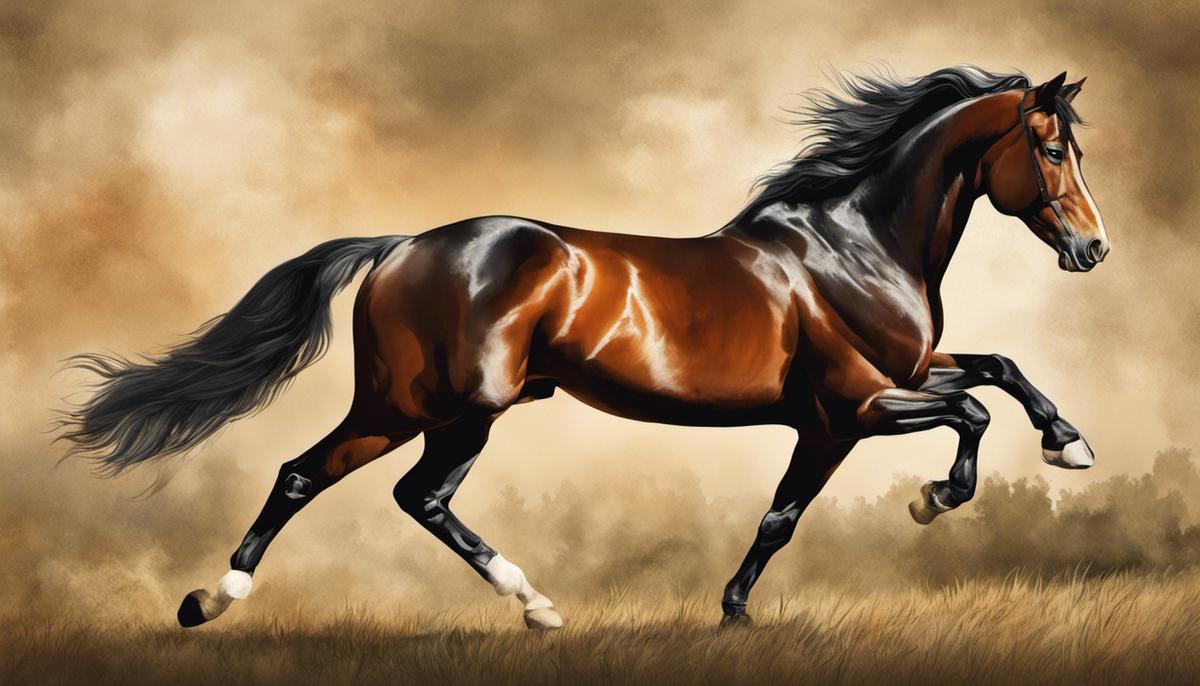The Russian Warmblood holds a unique place in the tapestry of horse breeds, as its lineage is intricately woven with the historical patterns and climatic complexities of diverse Russian terrains. Born from an exceptional cross of local and imported breeds, each specifically chosen to enhance certain characteristics, the Russian Warmblood embodies a delicate balance of strength, stamina, and spirit. Unveiling the charismatic allure of this breed, we delve into its roots, tracing the major developments and influences that have shaped it, and explore the amalgamation of traits that make it distinctive. A deep dive into the essence of their breeding practices provides a fascinating insight into the comprehensive planning and precise genetic calculations involved, raising the curtain on the science behind the art of breeding.
Table of Contents (Horspedia)
History and Origin of the Russian Warmblood
Origins of the Russian Warmblood Breed
The Russian Warmblood breed dates back to the late 18th and early 19th century when the Russian society began to demand better and faster horses for military purposes, as well as for transportation and agricultural work. The breeding of this horse began in the private studs of the Russian aristocracy where they crossbred local Russian horses with imported European horses. Some of the breeds included the Thoroughbred, Arabian, and Orlov Trotter.
The Introduction of Diverse Breeds (18th – 19th Century)
The foundation of the Russian Warmblood was built by crossbreeding local horses with foreign breeds to increase the quality of equine stock. The infusion of Thoroughbred bloodlines was particularly targeted to improve the breed’s speed, endurance, and refine the overall conformation. At the same time, Arabian bloodlines contributed to the temperament, hardiness, and versatility of the breed, where Orlov Trotters imparted endurance, trotting ability, and adaptability to harsh Russian conditions.
State-Controlled Breeding Programs (19th – 20th Century)
By the end of the 19th century, breeding efforts saw the creation of a lighter, more elegant type of horse. Following the Russian Revolution in 1917, the program was nationalized and saw extensive development with the State Stud Farms. An ambitious breeding program was formulated that aimed to produce elegant, resilient, and high-performing horses through selective breeding.
Post World War II Developments
Post-WWII, Europe saw a shift towards a demand for sport horses, and the Russian Warmblood breeders quickly adapted to meet this new demand. They started importing other European Warmblood breeds, primarily the Hanoverian, Holsteiner, and Trakehner, that had demonstrated great ability in dressage and show-jumping. The aim was to improve the breed’s athleticism, conformation, temperament, and durability.
The Influences of Climatic Conditions on Breeding
Russia’s vast and varied geography played an instrumental role in shaping the Russian Warmblood breed. The horses needed to be capable of withstanding the severe winters and wide climatic variations. In response to this, breeders selectively bred those horses that showed greater resilience and adaptability. The Brutal winters acted as an involuntary selection process, with only the toughest, healthiest horses surviving to pass down their genes.
Modern Russian Warmblood Breeding
In the 21st century, Russian Warmblood breeding continues to be a meticulous and intensive process. Breeders maintain detailed studs books and registries, tracking the lineage of every horse to maintain purity and consistency within the breed. The goal remains to develop high-performing horses without compromising on the breed’s adaptability, hardiness, and resilience.
Introduction to Russian Warmblood Breeding
The Russian Warmblood is a horse breed that has been fine-tuned over centuries through careful and selective breeding. This methodical process took into account the necessities of a society in flux and challenges presented by a demanding and varied climate. As a result, the Russian Warmbloods of today are celebrated for their athleticism, elegance, and versatility, indicators of their rich and varied heritage.
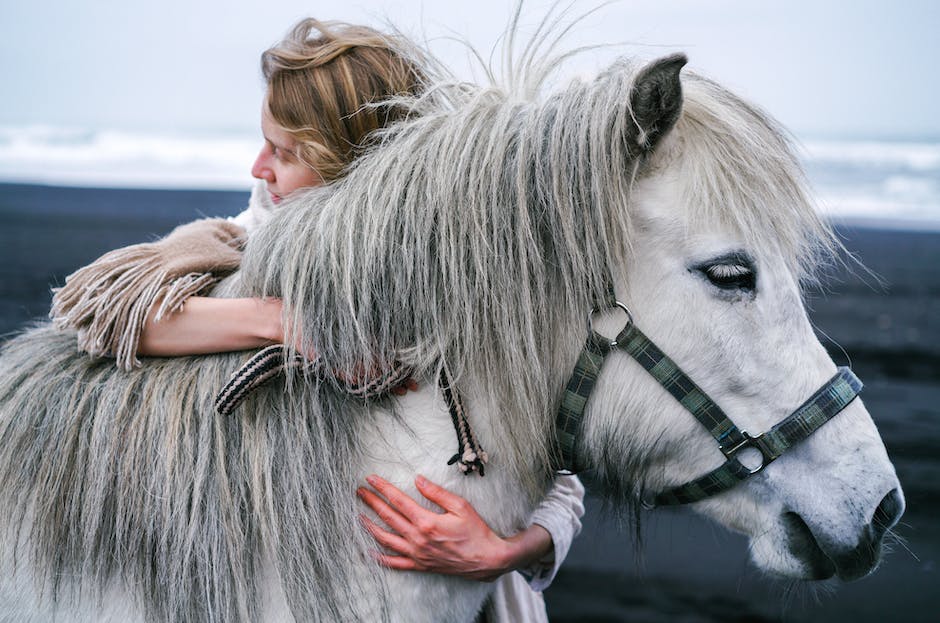
Characteristics and Traits of the Russian Warmblood
Characteristics of Russian Warmbloods
Being a product of selective breeding primarily within Russia, Russian Warmbloods are characterized by functional superiority and aesthetic appeal. Their height tends to range between 15.2 and 17 hands, but size differences can occur due to lineage variations. This makes Russian Warmbloods an ideal sport horse for various disciplines including dressage, jumping, and eventing.
The breed boasts a variety of coat colors such as bay, chestnut, black, or gray, often dispersed with white markings. The breed standard does not apply any color preference, allowing for a broad spectrum of colors within the breed. Russian Warmbloods typically feature a strongly muscled build, long legs, a resilient back, and a broad and deep chest. These physical attributes favor the manifestation of athletic talent and stamina, rendering them perfect for a variety of equestrian activities.
Temperament Characteristics of Russian Warmbloods
The temperament of the Russian Warmblood makes it a favorite among riders of all skill levels. Known for their steady, gentle, and willing dispositions, these equines exhibit a high degree of intelligence and trainability. They possess the innate ability to tune into their human counterparts, making them highly responsive and willing partners, whether in a competitive environment or a pleasure ride.
Their versatility and adaptability are also commendable. Russian Warmbloods can excel in various disciplines, from dressage and show jumping to three-day eventing and endurance riding. This versatility is largely attributed to their balance of calmness and athletic energy, a blend that makes them suitable mounts for both professional and amateur riders.
Understanding the Breeding Practices for Russian Warmbloods
Physical and temperamental enhancements in Russian Warmbloods have been made possible through strategic breeding practices. These practices aim to produce an optimal sport horse, which embodies a mix of physical strength and a pleasant disposition, perfect for different riding disciplines.
Conformation or the body structure and appearance of a horse plays a crucial role in the selection process. Breeders carefully choose horses that exhibit superior physical traits, such as an impressive build, significant size, and promising athletic abilities, aiming for these qualities to be inherited by the offspring. Besides physical attributes, personality traits also come into play. Breeders select horses with a calm and trainable temperament, characteristics that define the breed, ensuring these are passed on to the next generation.
The thorough and calculated breeding approach has made Russian Warmbloods a breed with rich and traceable ancestry. Incorporating different European Warmblood breeds including the Hanoverian, Trakehner, and Thoroughbred, has led to a diverse and robust genetic pool. The thoughtful breeding practices contribute remarkably to the appeal, versatility, and maintained quality of the Russian Warmblood breed.
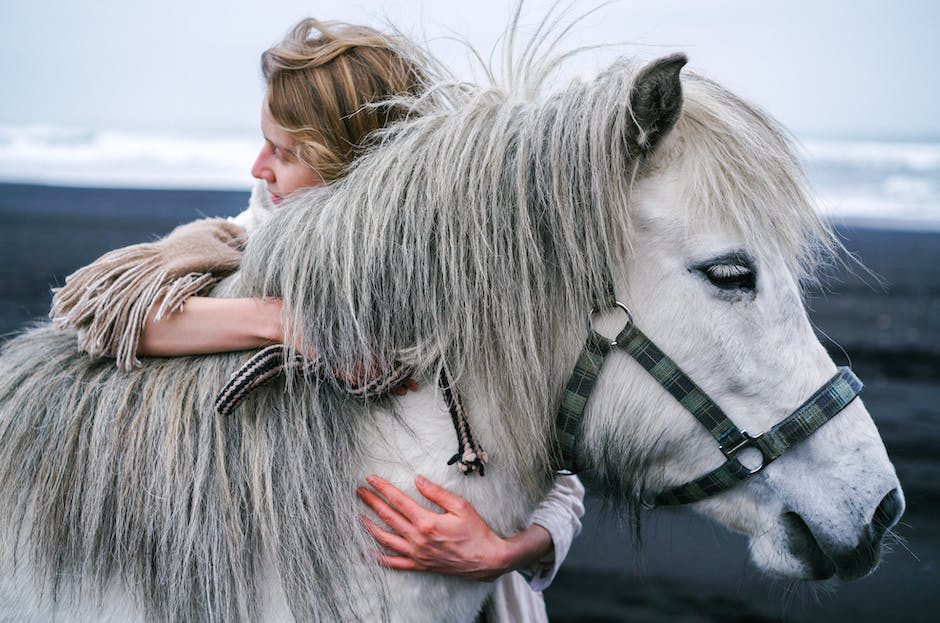
Breeding Techniques and Genetic Principles
Exploring the Role of Genetics in Russian Warmblood Breeding
Strategic Russian Warmblood breeding requires an in-depth understanding of equine genetics. Factors such as coat color genetics, hereditary diseases, and heritability of traits are all taken into consideration. Gaining such knowledge is paramount in the selective breeding process, assisting breeders to meet their goal, whether that’s improving the breed’s conformation, temperament, or performance attributes.
Selection of Sire and Dam
Choosing the right sire and dam is a decisive factor in Russian Warmblood breeding. The process starts by considering the genetic traits of each horse, including its ancestry, health, agility, and temperament. Breeders often take into account the horse’s performance record too, as it could predict the potential in their offspring. The primary objective is to pair a sire and dam with complementary traits to produce a superior offspring.
Common Breeding Practices of Russian Warmbloods
Russian Warmblood breeding follows some common practices like artificial insemination (AI), live cover, and embryo transfer. AI, regarded as an efficient and safer method, allows breeders to use high-quality genetic material from distant stallions. The live cover method, which involves natural mating, is less common but may be employed depending on the breeder’s preference. Embryo transfer is utilised when a highly valued mare is required to participate in competitions without the hindrance of pregnancy.
Breed standard strictness is another key aspect of the common breeding practices for Russian Warmbloods. The Russian Warmblood has a breed standard, which all breeders aim to meet or exceed. This enables the breed to maintain its reputation for strength, grace, and versatility.
Safety Measures Applied in Russian Warmblood Breeding
In breeding Russian Warmbloods, there are a number of essential safety measures in place. For instance, rigorous health screenings are a part of the process, including genetic testing for hereditary diseases. This ensures that unhealthy traits are not passed on to the next generations.
The health of the mother is also prioritized. Regular veterinary checks, good nutritional management, and appropriate exercise are part of the safe practices in breeding.
Art of Breeding Russian Warmbloods
Breeding Russian Warmbloods isn’t just a scientific pursuit; it’s also an art. A successful breeder doesn’t merely mate horses with excellent exterior traits but pairs horses with superior temperaments, edge in performance, and resilience to diseases. This blend of science and art in Russian Warmblood breeding creates a dynamic process that constantly evolves, producing horses that are not only physically exemplary but also have outstanding performance capabilities.
Breeding Russian Warmbloods is both an art and a science. It requires a deep understanding of genetic principles to breed for specific traits, alongside the careful selection of both the sire and dam based on a multitude of factors. The process also entails an adherence to safety measures to safeguard the health and wellbeing of the breeding horses. The culmination of this intricate process is the creation of well-rounded and high-performing Warmblood horses, a testament to the breeder’s expertise, experienced hand, and instinctive artistry.
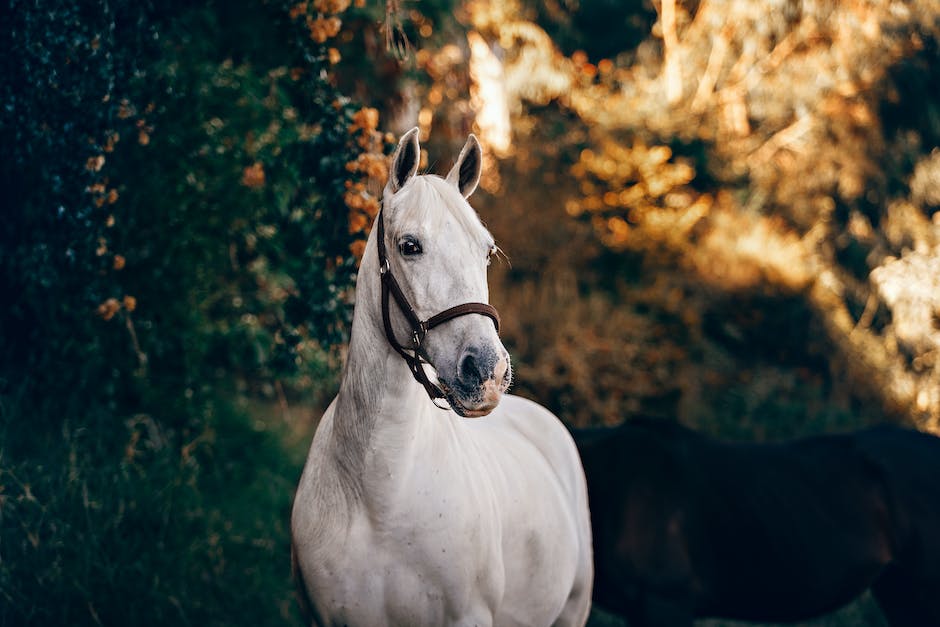
Challenges and Future of Russian Warmblood Breeding
Understanding the Complexities and Challenges of Breeding Russian Warmbloods
The breeding of Russian Warmbloods, although rewarding, is not without its challenges. These equines, owing to their impressive size and inherent sporting prowess, are susceptible to a variety of health issues such as Equine Metabolic Syndrome, Laminitis, and Osteochondrosis. Such conditions can significantly impact the horse’s overall health, often diminishing their performance or prematurely ending their competitive careers. This underscores the importance of rigorous health screenings and responsible breeding practices. An unwavering commitment to these practices helps ensure a breed of Russian Warmbloods that boasts not only enviable athletic abilities but also lifelong health and wellness.
Breeding Ethics Issues
Another controversial aspect of Russian Warmblood breeding relates to ethical issues. Breeders have to balance the drive for creating high-performing horses with ensuring the welfare of individual animals. Practices such as intensive selective breeding can lead to an increased prevalence of certain diseases and physical issues. Instances of overbreeding are also prevalent, sometimes resulting in horses being abandoned or even euthanized when they can’t meet competitive standards. These kinds of practices raise questions about animal welfare and the ethics of the horse-breeding industry.
Market Demand
Market demand for Russian Warmbloods can also pose challenges. While decades ago, these horses were highly sought after for their versatile abilities, changing equestrian standards and increasing availability of other warmblood breeds have affected their popularity. Intense competition in this space means breeders often have to engage in aggressive marketing strategies, invest substantially in maintaining genetic diversity, and focus on breeding for specific characteristics that cater to evolving consumer preferences.
Future Trajectories and Innovations in Breeding Process
Despite these challenges, there are interesting trajectories and innovative ideas emerging in the breeding process. Technological advancements are playing a growing role in horse breeding, allowing for more precise genetic screening and selection. Techniques such as embryo transfer and artificial insemination are becoming more widely accessible and affordable, offering new opportunities for breed preservation and improving the breed’s overall genetic health.
The use of genetic studies is also helping breeders to understand the potential risk of disease in future generations, thus empowering them with the tools to make informed decisions about their breeding programs.
Implications on Horse Population and Industry
The challenges in Russian Warmblood breeding have significant implications in the horse industry. As ethically questionable practices come under scrutiny, breeders and organizations are being pushed to adopt stricter regulations and standards. The drive for genetic diversity and healthier horses is also reshaping the industry in novel ways. Breeding is increasingly centered on producing not just athletic and robust horses, but also those that are long-lived, disease-resistant, and well-suited to changing equestrian expectations, thereby transforming the face of the modern Russian Warmblood industry.
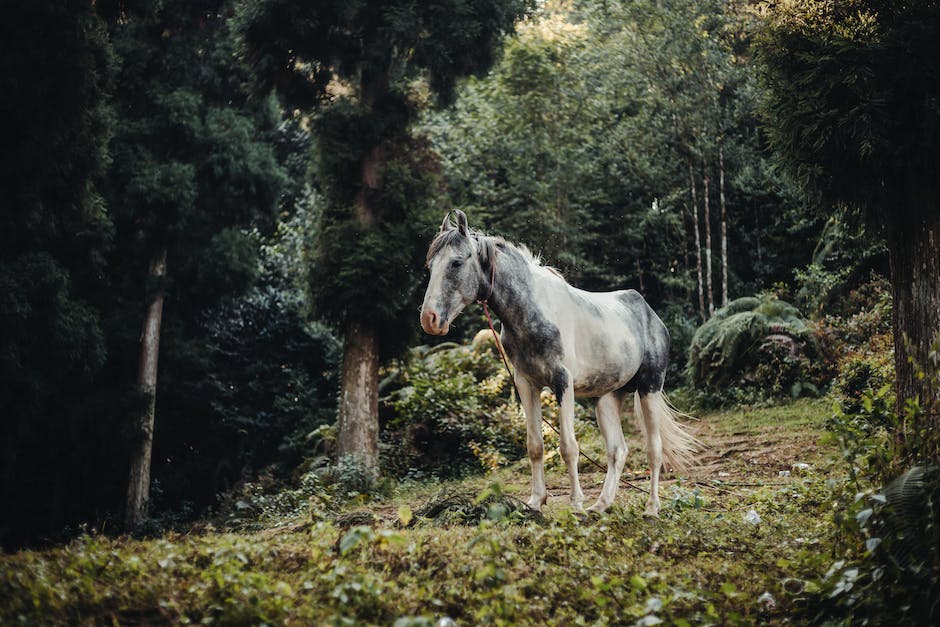
In the changing equestrian landscape fraught with challenges, the Russian Warmblood breeders continue to strive for excellence, upholding the breed’s legacy while innovating their breeding methods. Pressing issues like genetic disorders, breeding ethics, and fluctuating market conditions are met with resilience and innovative scientific approaches. These pursuits shape the future path for the breed, fostering its continuous evolution. Revealing the profound link between breeding practices and its impact on the horse population, this deep dive into the world of Russian Warmbloods enriches the understanding of not just a single breed but of the entire panorama of equestrian science and industry. Hence, the story of the Russian Warmblood is not just a tale of a breed but a testament to mankind’s enduring partnership with these magnificent creatures.
